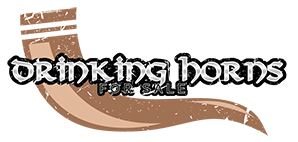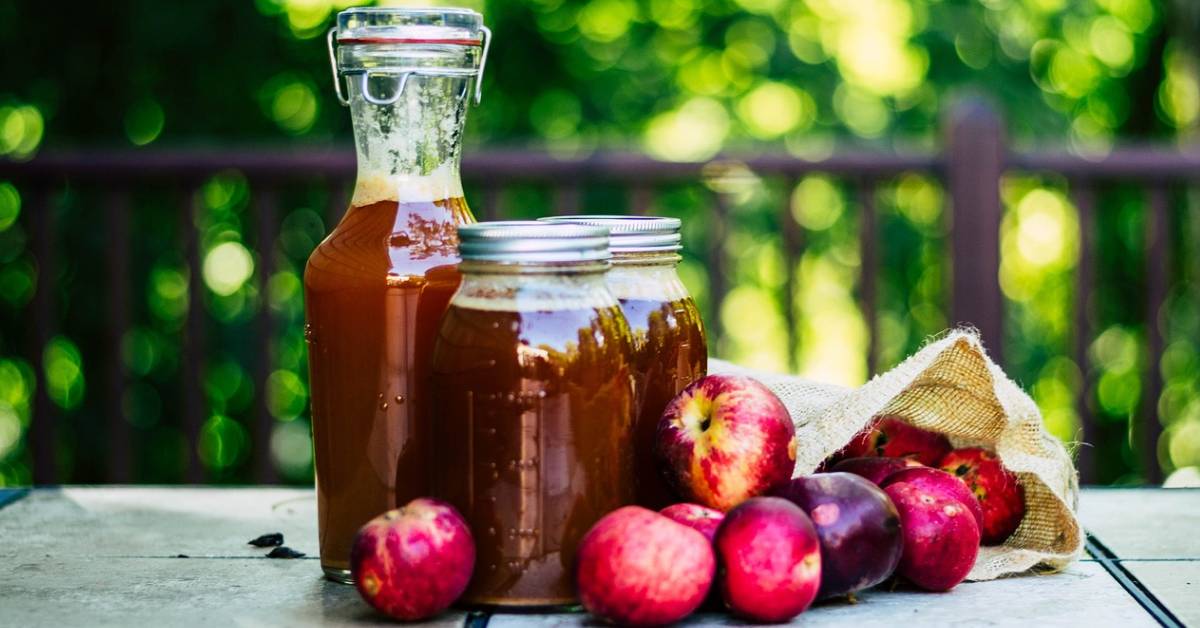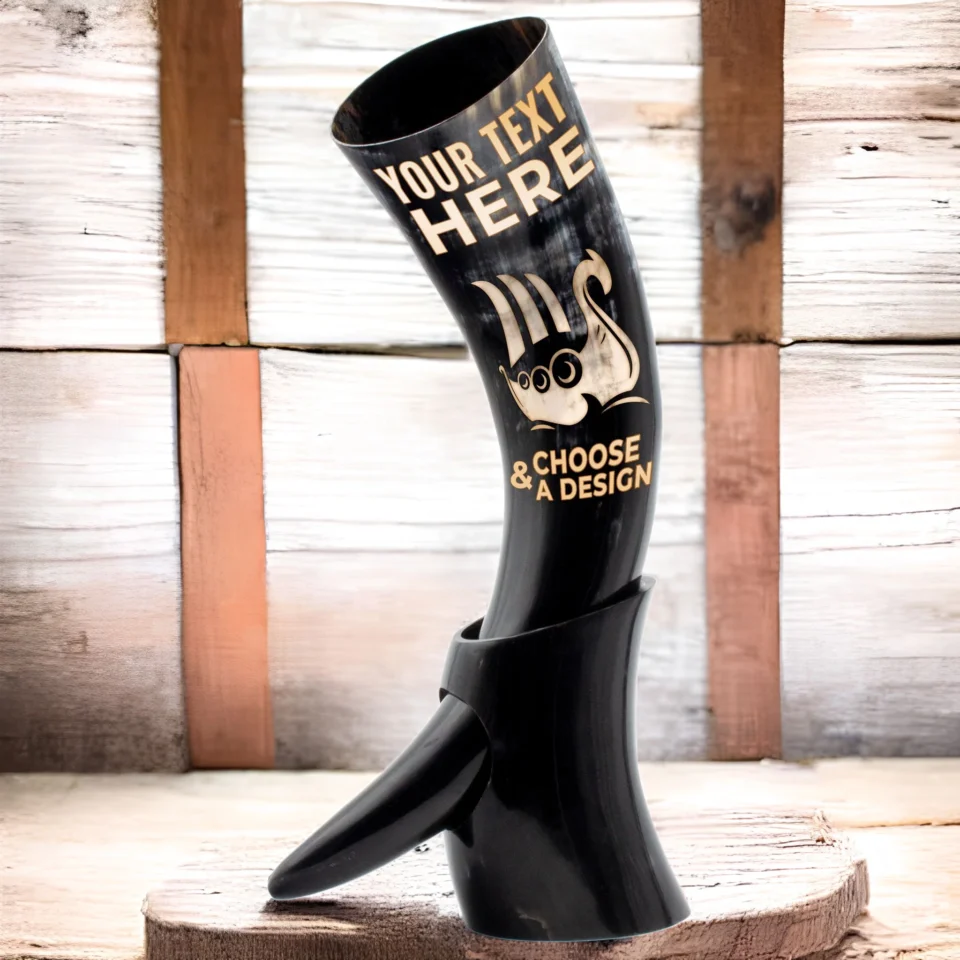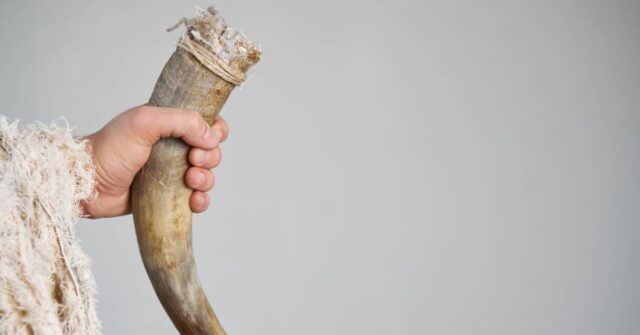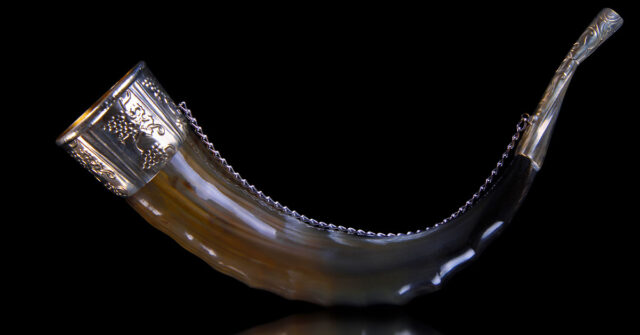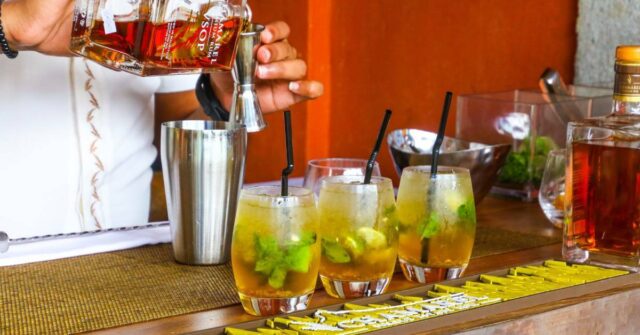Imagine yourself in a mead hall of old, raising a beautifully crafted drinking horn filled to the brim with a beverage that sings songs of tradition, history, and camaraderie.
But what exactly should fill your drinking horn? This comprehensive guide is designed to help you navigate through the ideal drinks to enjoy from your unique vessel.
Introduction to Drinking Horns
The drinking horn holds a historic and symbolic place in many cultures, particularly those of the Vikings and other Germanic peoples. It’s not just a drinkware, but an artifact that invites us into an immersive experience of the past.
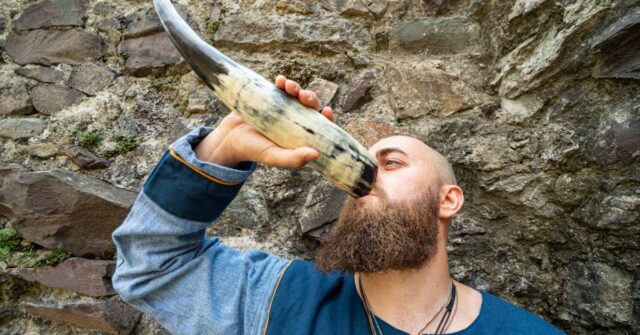
History of Drinking Horns
Drinking horns date back to the Iron Age, originally used by the Greeks and Scythians, then later adopted by the Vikings. They were often considered a symbol of power and wealth, with elaborate designs and adornments.
Cultural Significance of Drinking Horns
In societies like the Vikings, drinking horns were integral to feasts and rituals. They symbolized fraternity and were used in oaths and ceremonial toasts. In modern times, they offer us a taste of history and a unique way to enjoy our drinks.
Understanding Different Types of Drinking Horns
Drinking horns vary greatly in type, each with its distinct characteristics. Understanding these differences can enrich your drinking experience and influence your choice of beverage.
Materials Used in Drinking Horns
Historically, drinking horns were made from bovine or buffalo horns. Nowadays, they can also be made from synthetic materials. The material can impact the taste of certain drinks, and knowing this can help you choose the perfect beverage.
Sizes and Shapes of Drinking Horns
The size and shape of a drinking horn can range from small and curved to large and straight. These variations affect the volume of the beverage it can hold and may influence the type of drinks suitable for the horn.
The Art of Drinking From a Horn
Drinking from a horn is an art in itself. It requires a unique approach different from drinking from conventional drinkware.

Traditional Drinking Rituals
In traditional settings, drinking from a horn often followed certain rituals, like toasting to the gods. This added a significant layer of meaning to the act of drinking.
Tips for a Perfect Sip
To drink from a horn, you should lift it with the rim towards you, tilt it slowly until the liquid reaches your lips, and then drink. Don’t fill it too full to avoid spillage.
Selecting Beverages for Your Drinking Horn
Not all beverages may suit a drinking horn. Let’s delve into how to select the best drinks for your horn.
Considering the Material of Your Drinking Horn
If your horn is made from natural materials, it may lend a slight flavor to your drink, especially warm beverages. Non-acidic and traditional drinks like mead or ale are typically better choices.
Temperature Sensitivity of Your Drinking Horn
Natural horn is sensitive to extreme temperatures. Cold drinks are generally safe, but hot drinks can damage the horn or cause it to warp. Stick with room temperature or chilled beverages.
Traditional Beverages for Drinking Horns
Historically, certain drinks have been the popular choice for drinking horns. These traditional beverages still make excellent choices today.
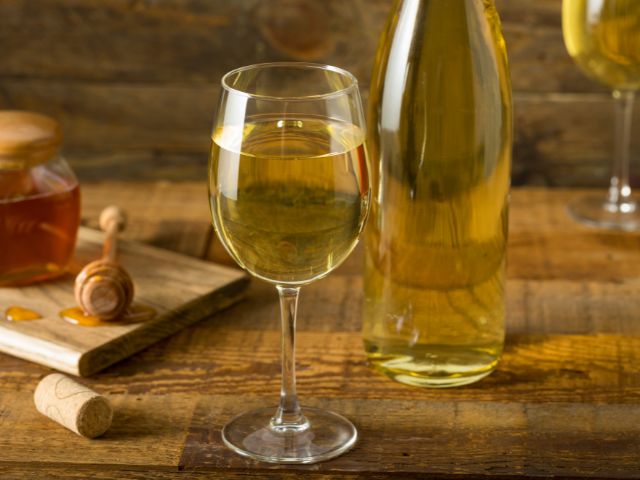
Mead: The Honey Wine
Mead, often referred to as honey wine, is perhaps the most iconic drink associated with drinking horns. It’s made from fermented honey and water, producing a rich, sweet flavor that goes well with the horn’s characteristics.
Beer: The Staple Beverage
Beer, particularly traditional ale, was a common drink for Viking feasts. The malted flavors complement the natural essence of a horn.
Wine: The Aristocrat’s Choice
Although less common, wine was also consumed from horns, usually by the aristocracy. Stick to red or white wine, as sparkling varieties might react with the horn.
Non-Alcoholic Beverages in Drinking Horns
If you prefer non-alcoholic beverages, there are still plenty of options to enjoy from your drinking horn.
Non-Alcoholic Cider: The Sweet Alternative
Non-alcoholic cider offers a sweet and refreshing taste. Apple cider pairs particularly well with the natural flavor undertones of the horn.
Non-Alcoholic Mead: A Traditional Twist
Non-alcoholic mead gives you the traditional mead experience without alcohol. Its honeyed sweetness is an excellent fit for the horn.
Fruit Juices: Simple and Refreshing
Simple fruit juices, like apple or grape, can also be enjoyed from a drinking horn. Avoid citrus juices as they are too acidic for most horn materials.
Exotic and Unusual Drinks for Drinking Horns
If you’re feeling adventurous, there are also exotic and unusual drinks to try with your drinking horn.
Regional Specialties
Consider exploring regional specialties like Scandinavian Akvavit, Russian Kvass, or Scottish Heather Ale. Each offers a unique experience for your palate.
Modern Cocktails with a Historical Twist
Modern cocktails inspired by historical recipes can be a fun and interesting choice for your drinking horn. For example, a “Viking’s Blood” cocktail, made with cherry mead, could be a unique addition to your drink rotation.
Caring for Your Drinking Horn
Proper care and cleaning of your drinking horn are essential to preserve its integrity and longevity.
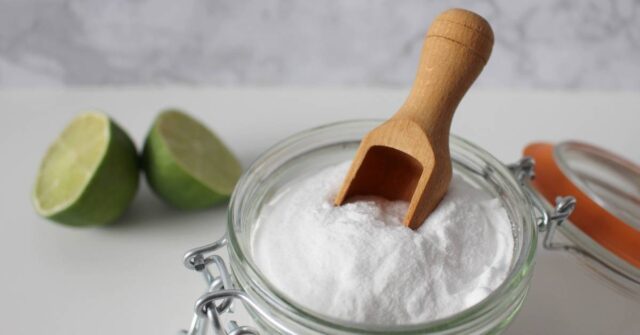
Cleaning Your Drinking Horn
Clean your drinking horn with lukewarm water and mild soap. Never use hot water or put it in the dishwasher, as it can damage the horn. Rinse thoroughly and air dry.
Preserving Your Drinking Horn
Keep your horn out of direct sunlight and away from heat sources. If it starts to dry out, you can oil it lightly with food-safe mineral oil to preserve its shine.
Conclusion: Embracing the Drinking Horn Tradition
In conclusion, the tradition of drinking from a horn is an enriching experience that transcends the act of drinking itself.
The choice of beverage, from traditional mead to exotic cocktails, adds depth to this tradition. So, fill your drinking horn and savor the experience.
